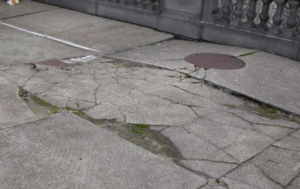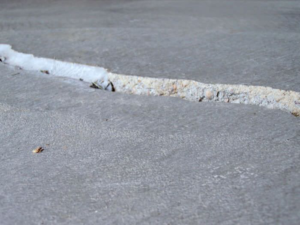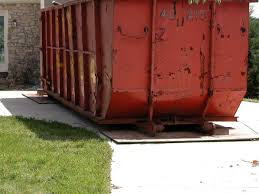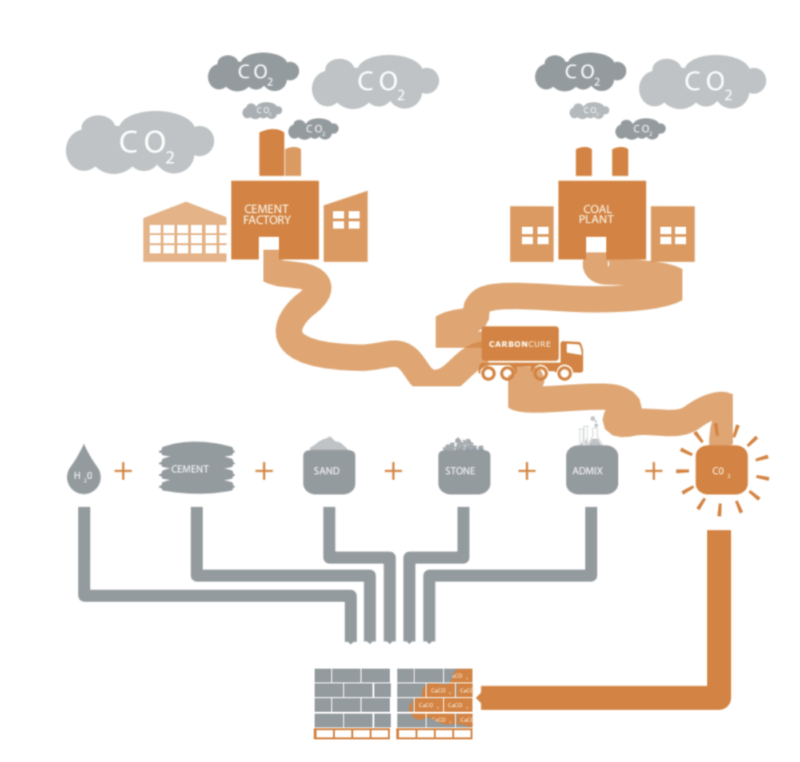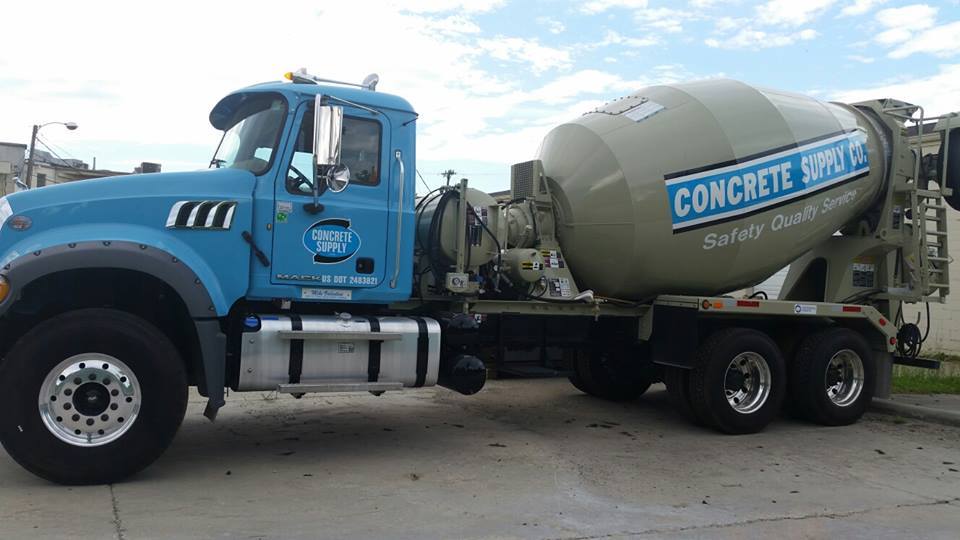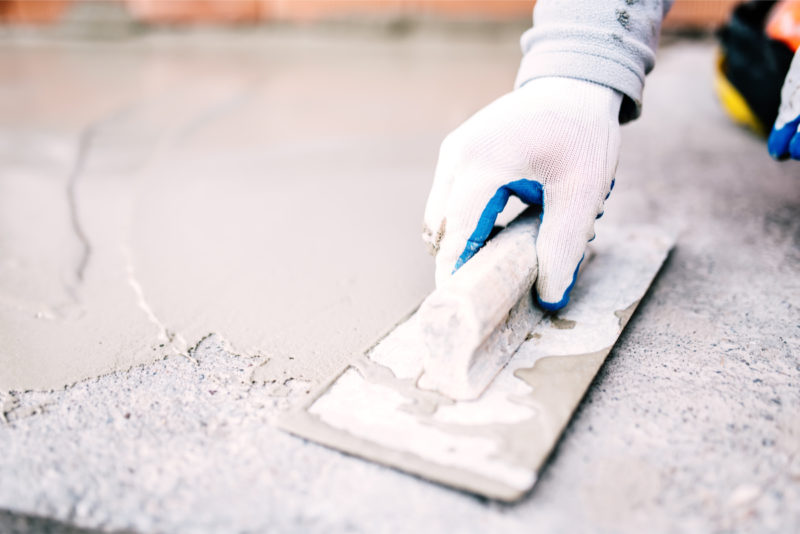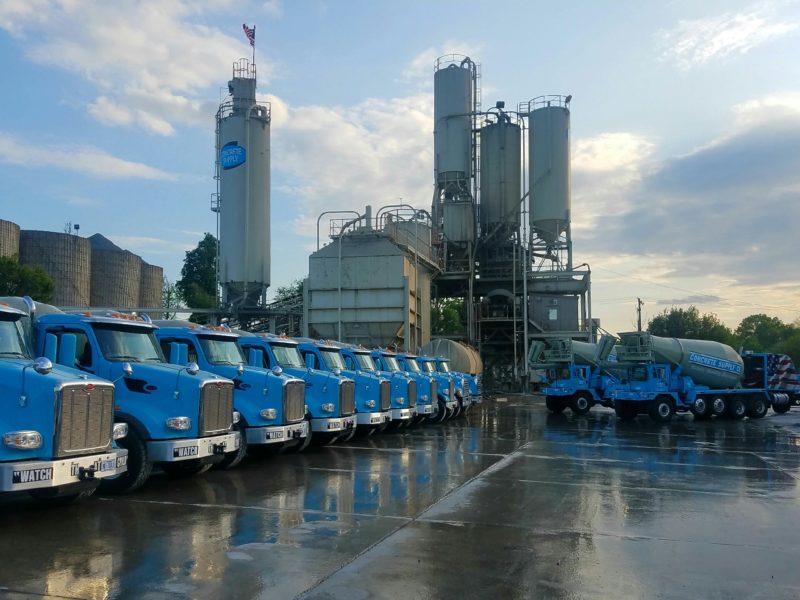6 Types of Concrete Cracks and What They Mean
Six Common Types of Cracks in your Concrete
When you see a crack in your concrete slab or wall, your first assumption is typically that something has been done wrong–but that’s not always the case. Actually, concrete cracks are very common, some are even inevitable.
American Concrete Institute touches on the issue of cracking concrete in their American Concrete Institute manual, ACI 302. 1-40:
“Even with the best floor designs and proper construction, it is unrealistic to expect crack-free and curl-free floors. Consequently, every owner should be advised by both the designer and contractor that it is normal to expect some amount of cracking and curling on every project, and that such occurrences do not necessarily reflect adversely on either the adequacy of the floor’s design or the quality of its construction”
We explain 6 of the most common types of concrete cracks below.
1. Plastic shrinkage concrete cracks
When concrete is still in its plastic state (before hardening), it is full of water. When that water eventually leaves the slab, it leaves behind large voids between the solid particles. These empty spaces make the concrete weaker and more prone to cracking. This type of cracking happens frequently and is referred to as “plastic shrinkage cracking”.
While plastic shrinkage cracks can happen anywhere in a slab or wall, they almost always happen at reentrant corners (corners that point into the slab) or with circular objects in the middle of a slab (pipes, plumbing fixtures, drains, and manholes). Since concrete cannot shrink around a corner, stress will cause the concrete to crack from the point of that corner.
Plastic shrinkage cracks are typically very narrow in width and barely visible. While nearly invisible, it is important to remember that plastic shrinkage cracks don’t just exist on the surface, they extend throughout the entire thickness of the slab.
An excessively wet mix is a contributing factor to shrinkage in concrete. While water is an essential ingredient in every concrete mix, there is such a thing as too much water. When the mix contains too much water, the slab will shrink more than if the correct amount of water was used. Hot weather is another big reason for plastic shrinkage cracks.
Control joints can be incorporated into the slab to prevent shrinkage cracking. The joints will open up as the concrete slab gets smaller.
2. Expansion concrete cracks
Just like a balloon, heat causes concrete to expand. When concrete expands, it pushes against anything in its way (a brick wall or adjacent slab for example). When neither has the ability to flex, the expanding force can be enough to cause concrete to crack.
Expansion joints are used as a point of separation (or isolation), between other static surfaces. Typically made of a compressible material like asphalt, rubber, or lumber, expansion joints must act as shock absorbers to relieve the stress that expansion puts on concrete and prevent cracking.
3. Heaving concrete cracks
When the ground freezes, it can sometimes lift many inches before thawing and settling back down. This ground movement brought on by the freezing and thawing cycle is a huge factor contributing to concrete cracking. If the slab is not free to move with the ground, the slab will crack.
Large tree roots can have the same effect on a slab. If a tree is located too close to a slab, the growing roots can lift and crack the concrete surface. Always consider this when laying a slab.
4. Settling concrete cracks
On the other hand, ground settling below a concrete slab can also cause cracking.
Settling cracks typically occur in situations where a void is created in the ground below the concrete surface. Think about when a large tree is removed from nearby and the roots begin to decompose or when a utility company digs a trench for their lines, pipes, etc. and don’t compact the soil when they refill it–these are examples of instances where settling cracks are likely to happen.
5. Concrete cracks caused by overloading the slab
Although concrete is a very strong building material, it does have its limits. Placing excessive amounts of weight on top of a concrete slab can cause cracking. When you hear a concrete mix has a strength of 2000, 3000, 4000, or 5000+ PSI, it is referring to the pounds per square inch it would take to crush that concrete slab.
When it comes to residential concrete slabs, overload of the actual slab isn’t all that common. Instead, what is more likely to occur is excess overload on the ground below the slab.
After a heavy rain or snowmelt when the ground below is soft and wet, excessive weight on the slab can press the concrete down and result in cracks. Residential homeowners who place large recreational vehicles or dumpsters on their driveways are more likely to see this type of cracking.
6. Concrete cracks caused by premature drying
There are two common types of cracks brought on by premature drying.
Crazing cracks are very fine, surface cracks that resemble spider webs or shattered glass. When the top of a concrete slab loses moisture too quickly, crazing cracks will likely appear. While unsightly, crazing cracks are not a structural concern.
Crusting cracks typically happen during the concrete stamping process, which is a way of adding texture or pattern to concrete surfaces. On sunny or windy days where the top of the slab dries out quicker than the bottom, the top of the concrete surface can become crusty. When the stamp is embedded, it pulls the surface apart near the stamped joints and causes small cracks around the outside edges of the “stones”. Again, while they don’t look great, crusting cracks are not a structural issue to be considered about.
It’s often difficult to determine exactly what caused a particular crack. Proper site preparation, a quality mix, and good concrete finishing practices can go a long way towards minimizing the appearance of cracks and producing a more aesthetically pleasing concrete project.
We can’t stress the importance of a quality mix design in concrete crack controlling. Read our Concrete Checklist: Get The Best Mix For Your Project, which will guide you and your concrete supplier towards creating the best mix for your concreting project.



